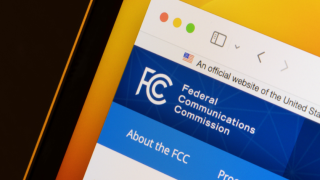This next phase of the initiative will expand the Hexa-X partner list to 44 organisations that will collaborate to create the pre-standardised platform and system that will lay the foundation for future 6G standardisation.
With funding from the European Commission as part of the first call of the Smart Network and Services Joint Undertaking (SNS-JU), the Hexa-X and Hexa-X-II project aims to position Europe as leader in 6G.
Hexa-X-II partners include network vendors, communication service providers, technology providers, as well as European communications research institutes.
“Nokia is honoured to lead in this pioneering project. In the 6G era, the digital, physical and human worlds will become far more integrated," said Peter Vetter, president of Nokia’s Bell Labs Core Research.
"Our goals must reflect this level of integration and inter-dependency. As billions more people and devices get connected, urbanization intensifies, and we strive to manage the limitations on energy and materials, the role of networks and 6G will only deepen. It is essential that we keep the larger context in mind as we imagine the new network.”
As part of the announcement, Ericsson will assume the role of technical manager for Hexa-X-II. Orange, TIM SpA, TU Dresden, University of Oulu, IMEC and Atos will help coordinate various work packages such as radio evolution and innovation, future devices and flexible infrastructure, smart network management and values, and requirements and ecosystem.
In addition to Hexa-X-II and Hexa-X, Nokia also leads 6G-ANNA, the German 6G lighthouse project as well as a role in the Horizon Europe Smart Network and Services joint undertaking.
The Hexa-X-II project is due to commenced 1 January 2023 for a duration of two and a half years.






